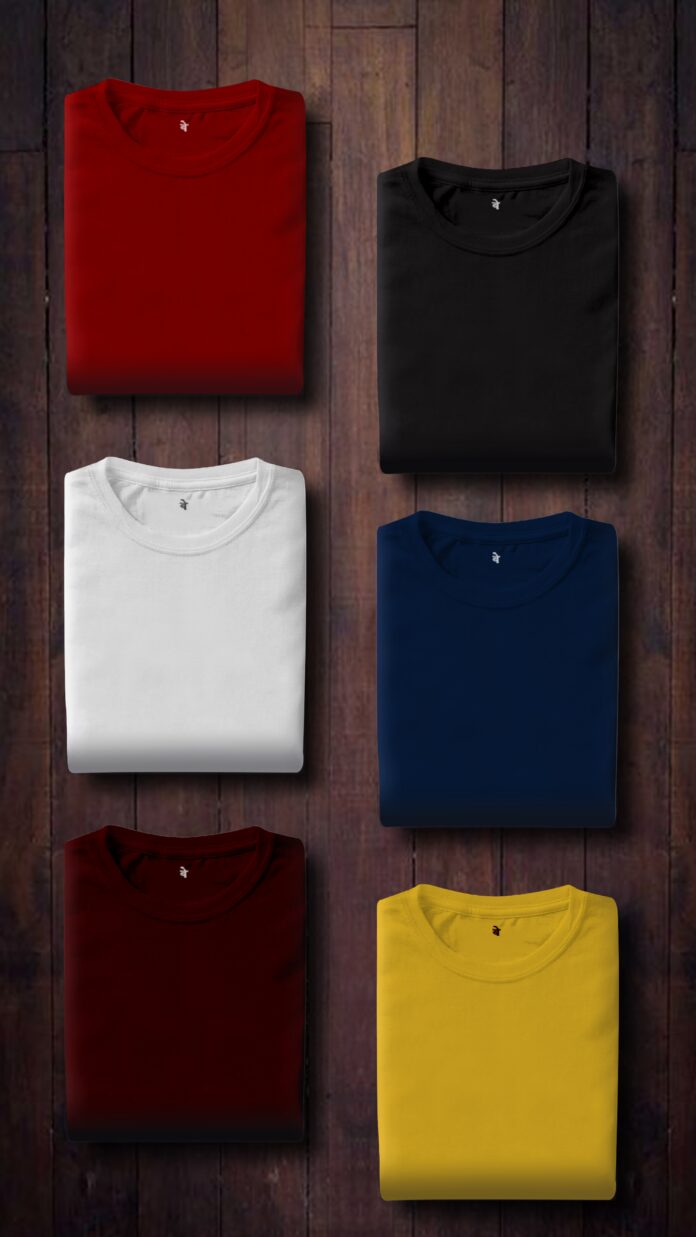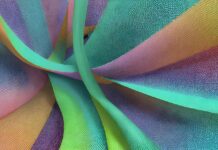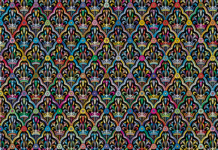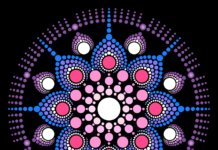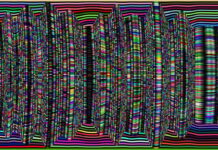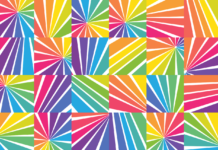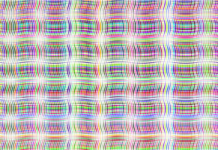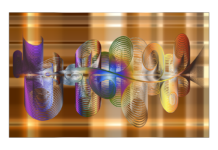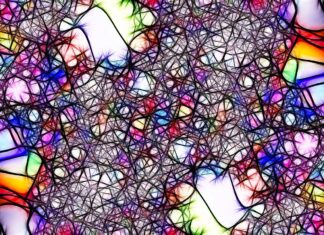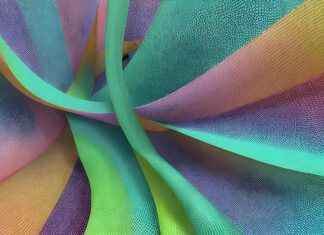Tufting is a versatile and widely used technique in textile production that involves creating pile or looped surface patterns on various materials, such as fabrics, carpets, and rugs. It is a method of forming decorative patterns or textures by inserting loops of yarn or thread through a backing material. The process of tufting can be done by hand or through the use of specialized machinery, depending on the scale and complexity of the project.
Tufting, tufting, tufting. The word itself carries a sense of texture, creativity, and craftsmanship. Whether you are a textile enthusiast, a designer, or simply curious about different forms of artistic expression, tufting is a fascinating technique that has a rich history and offers endless possibilities for innovation and design. In the following paragraphs, we will delve into the world of tufting, exploring its origins, techniques, applications, and much more.
1. Origins and History:
Tufting has a long and storied history that can be traced back to ancient civilizations. The art of tufting is believed to have originated in Egypt around 4000 BCE, where hand-tufted textiles adorned the palaces and homes of the Pharaohs. Over time, tufting spread to various regions, including Persia, Turkey, and Europe, each contributing its unique style and techniques to the craft.
2. Hand Tufting:
Hand tufting is the traditional method of creating tufted textiles. It involves using a handheld tool, called a tufting needle or punch, to push loops of yarn or thread through a fabric backing. This technique allows for intricate designs and precise control over the placement of tufts. Hand tufting requires skill, patience, and attention to detail, making it a labor-intensive process.
3. Machine Tufting:
With the advent of industrialization, machine tufting revolutionized the textile industry. Tufting machines automate the process, significantly increasing production speed and efficiency. These machines use a series of needles or hooks to create tufts, eliminating the need for manual labor. Machine tufting can produce large quantities of tufted fabrics, making it more suitable for mass production.
4. Types of Tufted Textiles:
Tufting can be applied to various materials, including fabrics, carpets, and rugs. In the realm of fabrics, tufting is often used to create upholstery, decorative pillows, and wall hangings. When it comes to carpets and rugs, tufting techniques give rise to a wide range of patterns, textures, and pile heights, catering to diverse aesthetic preferences and functional requirements.
5. Loop Pile vs. Cut Pile:
Tufted textiles can be classified into two main categories: loop pile and cut pile. Loop pile refers to fabrics where the tufted yarns form loops on the surface. This type of tufting creates a textured and durable surface, commonly found in commercial carpets. On the other hand, cut pile involves shearing the loops, resulting in a plush, velvety surface. Cut pile is often seen in residential carpets and rugs.
6. Tufting Gun:
A tufting gun is a handheld tool that has gained popularity in recent years, particularly in the realm of hand tufting. This device simplifies the process by quickly and efficiently inserting tufts of yarn into the fabric backing. Tufting guns offer different speed and length settings, allowing for versatility and customization. They have become a favorite tool among modern tufting enthusiasts.
7. Design Possibilities:
One of the most exciting aspects of tufting is its limitless design possibilities. From intricate patterns and geometric shapes to abstract compositions and realistic imagery, tufting can bring any design concept to life. With the availability of a wide range of yarns, colors, and textures, tufting allows for endless creativity and experimentation.
8. Sustainability:
In recent years, sustainability has become a crucial consideration in the textile industry. Tufting offers several eco-friendly benefits, such as using recycled materials and reducing waste. Tufted textiles can also be easily repaired or repurposed, extending their lifespan and reducing the need for new production.
9. Tufting Communities:
Tufting has a vibrant and supportive community of enthusiasts, designers, and artisans. Online platforms such as social media and forums have brought together tufting enthusiasts from around the world, sharing techniques, inspiration, and tips. Tufting workshops and classes have also gained popularity, offering hands-on learning experiences and opportunities to connect with fellow tufters.
10. Future of Tufting:
As the textile industry continues to evolve, tufting remains a relevant and versatile technique. Advancements in technology, sustainability, and design will likely shape the future of tufting, opening up new possibilities and challenges. Whether it’s hand tufting, machine tufting, or a combination of both, tufting will continue to inspire and delight textile enthusiasts for years to come.
In conclusion, tufting is a fascinating and multifaceted technique that has captivated textile enthusiasts for centuries. From its ancient origins to modern-day innovations, tufting offers endless possibilities for creativity, sustainability, and community. Whether you are a seasoned tufter or a curious newcomer, exploring the world of tufting is a rewarding and enriching experience.
Tufting, tufting, tufting. The repetition of this word in the first two paragraphs emphasizes the central topic of discussion: tufting. Now, let’s dive deeper into the fascinating world of tufting and explore ten important aspects related to this technique.


